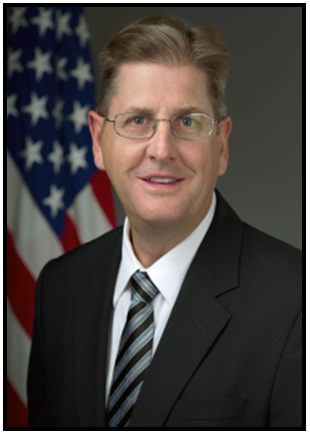Download PDF
Download page Director's Comments.
Director's Comments

By Christopher N. Dunn, P.E., D.WRE
A few years ago, HEC was almost ready to deliver our latest Newsletter. Articles were reviewed and in the queue. Then, the pandemic hit and all of a sudden, we had other things to figure out. Yes, technology allows you to keep working and we could have, and probably should have, finished the Newsletter, but other things took priority. Like the rest of the world, we were learning how to keep our staff safe, while struggling with the numerous, competing communication technologies, and changing the way we work and present classes, etc. For the first few months of the pandemic, I was the only person in the office. It seemed odd to come to a completely empty building to make sure the office was “staffed”. The constant situational taskers and reporting was time consuming to say the least. Travel had essentially stopped. Up to that point for my entire career, I had been traveling at least once a month and now no one was traveling. So many things changed seemingly overnight. Over time and through several variants and vaccines, life was starting to return to normal, only to have Omicron slow everything down again. Regardless, at the time of the writing of this article, the USACE Maximum telework policy is scheduled to end March 1st 2022, which exacerbates the anxiety as people try to manage work/life balance and postulate how they are going to do so if they are required to return to the office again.
During this time, the HEC experience has probably mirrored your experience. Most of our staff continue to telework, at least part time. Some telework 100% of the time. Some work remotely as well. What we have discovered is what most have discovered and that is telework and remote work works. It is just different. The long-range impacts of significant telework and remote work are still unknown, but the immediate indications are that this type of work paradigm is preferred by many. We have had to adjust and settle into new technologies, but HEC is completing products and is just as productive as we were when we all worked from the office. What does the future hold? Your guess is as good as mine. I suspect we will allow telework 2 to 3 days per week and that more employees will be allowed to work remotely. The workforce landscape has changed, and I suspect HEC, in an effort to keep and attract the best workforce we can, will continue to adapt accordingly.
Last year, we delivered our PROSPECT training asynchronously. This was not a trivial task. Videos were made and posted to the HEC website, workshops had to be remodeled, the HEC staff had to learn how to teach remotely. It was quite an adjustment and learning experience. The huge benefit is that the materials are now available for anyone to view and learn at their convenience and pace. While the HEC staff still prefer in-person training, the on-line training was extremely effective. For FY22, HEC expected to revert to in-person training, but COVID had another idea. We have either postponed our courses to later in the year hoping for a window to teach in-person, or we returned to remote, asynchronous training. Again, not our preferred choice but still effective as we strive to meet the USACE training needs.
A priority over the past 18 months has been our software development transformation. HEC formally adopted the development and operations (DevOps) approach to software development called Continuous Integration/Continuous Delivery or CI/CD. This new approach was implemented so we could provide quality products to the end user faster and at a more frequent pace. In August 2020, HEC set a goal of implementing the CI/CD software development approach by August 2022. While some software teams are further along in this transition, everyone at HEC is committed to this new and improved method. This transformation includes more than software development. It includes documentation, training, and engineering support as well. This is probably the biggest change to the HEC program since the NexGen conversion in the early 1990’s. This process has already been adopted by some of the biggest software developers such as Google, Amazon, Facebook, Etsy, Netflix, and others. We see immediate improvements to our entire software development lifecycle, and trust you do too.
Finally, we are happy to finally be delivering the latest edition of the HEC Newsletter. In this issue, you will find a very interesting and diverse collection of articles. From software updates describing some of the many new features of some of our software to articles about projects we worked on, to stories about travel and more. The personnel section describes the many new faces working for HEC. It is incredible that even through COVID we made so many personnel changes. So many that we couldn’t introduce them to the level of detail we would have preferred.
Enjoy the Newsletter and if you have any questions for HEC, please do not hesitate to reach out to us.
Chris Dunn, P.E., D.WRE
Director